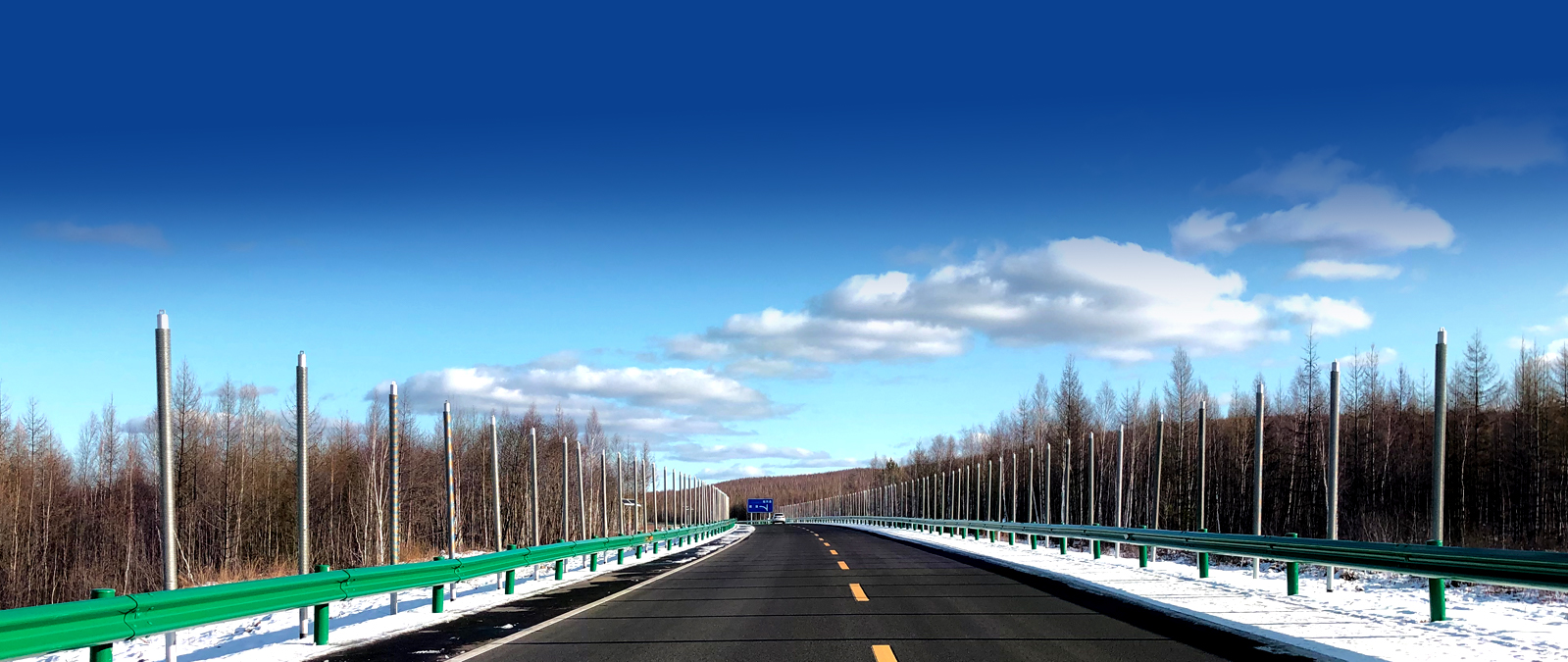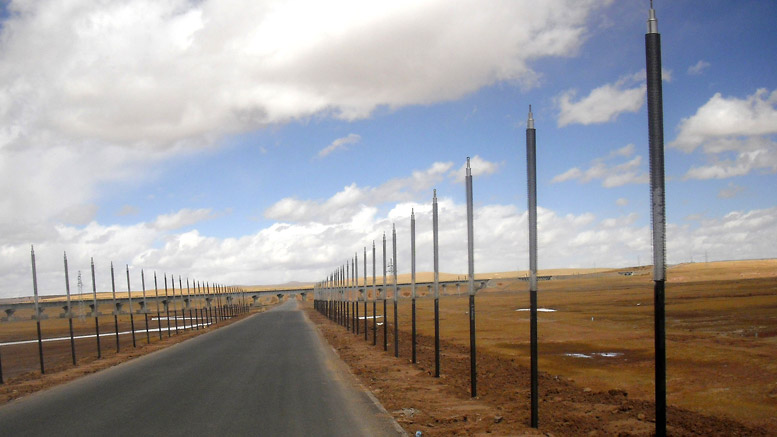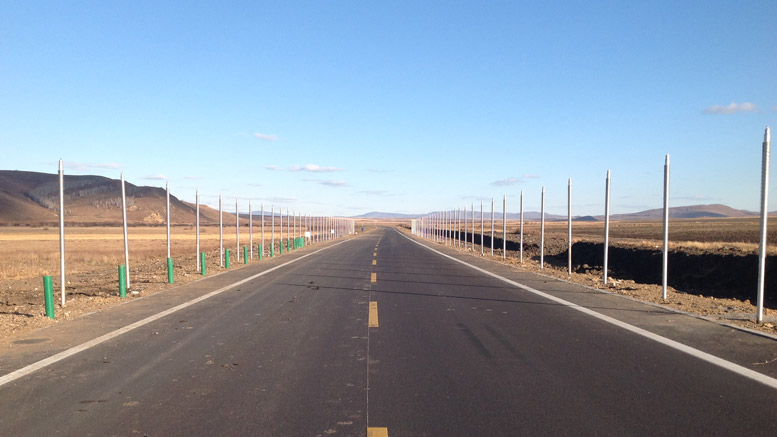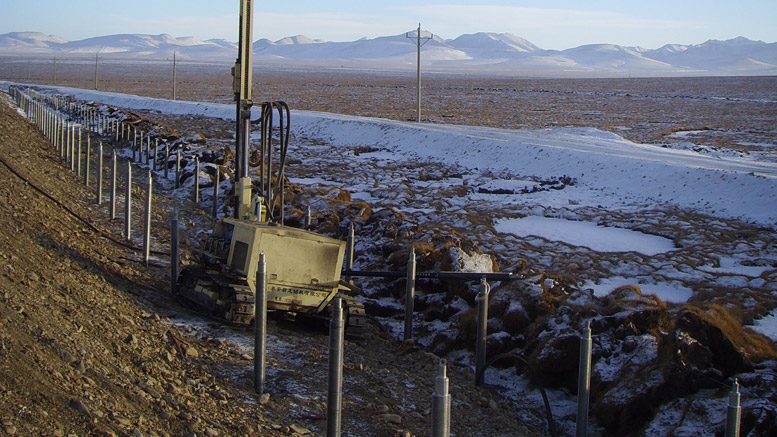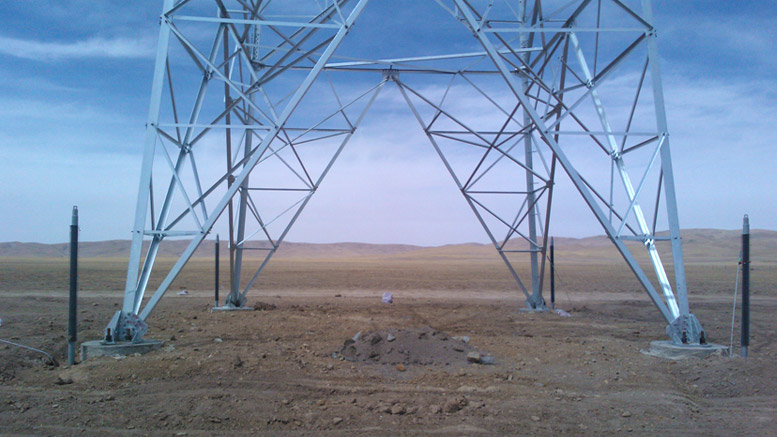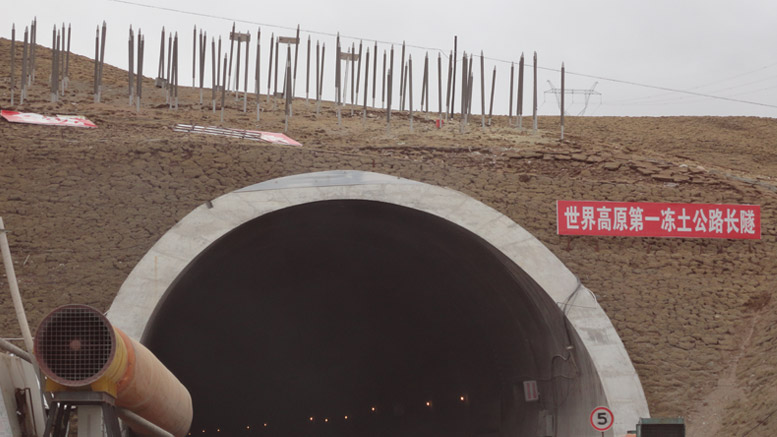In the construction history of the Qinghai-Tibet Railway, the instability of roadbeds caused by permafrost thawing in summer and frost heave in winter on the Tibetan Plateau hindered both the construction and safe operation of the railway, representing a critical technical challenge.
After years of R&D and field validation in permafrost zones, ZhongSheng Technology's patented "Low-Temperature Thermoprobe with Central Temperature Measurement Tube" resolved the critical issue of "permafrost thaw settlement and frost heave." This technology was designated as the exclusive solution for permafrost hazard mitigation on the Qinghai-Tibet Railway, making significant contributions to its full-line completion and operational safety.
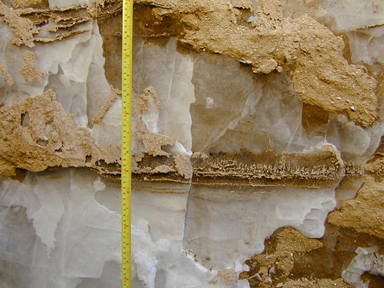



Ice-rich permafrost, along with thermokarst debris flows, ice cones, and railway/road deformation induced by thaw settlement and frost heave.

Through the unidirectional heat conduction of thermoprobes, a substantial amount of cold energy is stored in the underground permafrost layer during winter. This prevents permafrost thawing in summer, maintaining a stable "permafrost table" and effectively avoiding roadbed settlement and deformation in railway/highway infrastructure.
